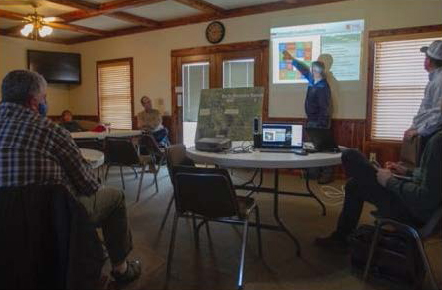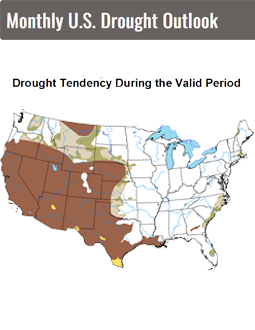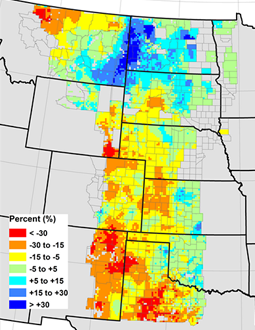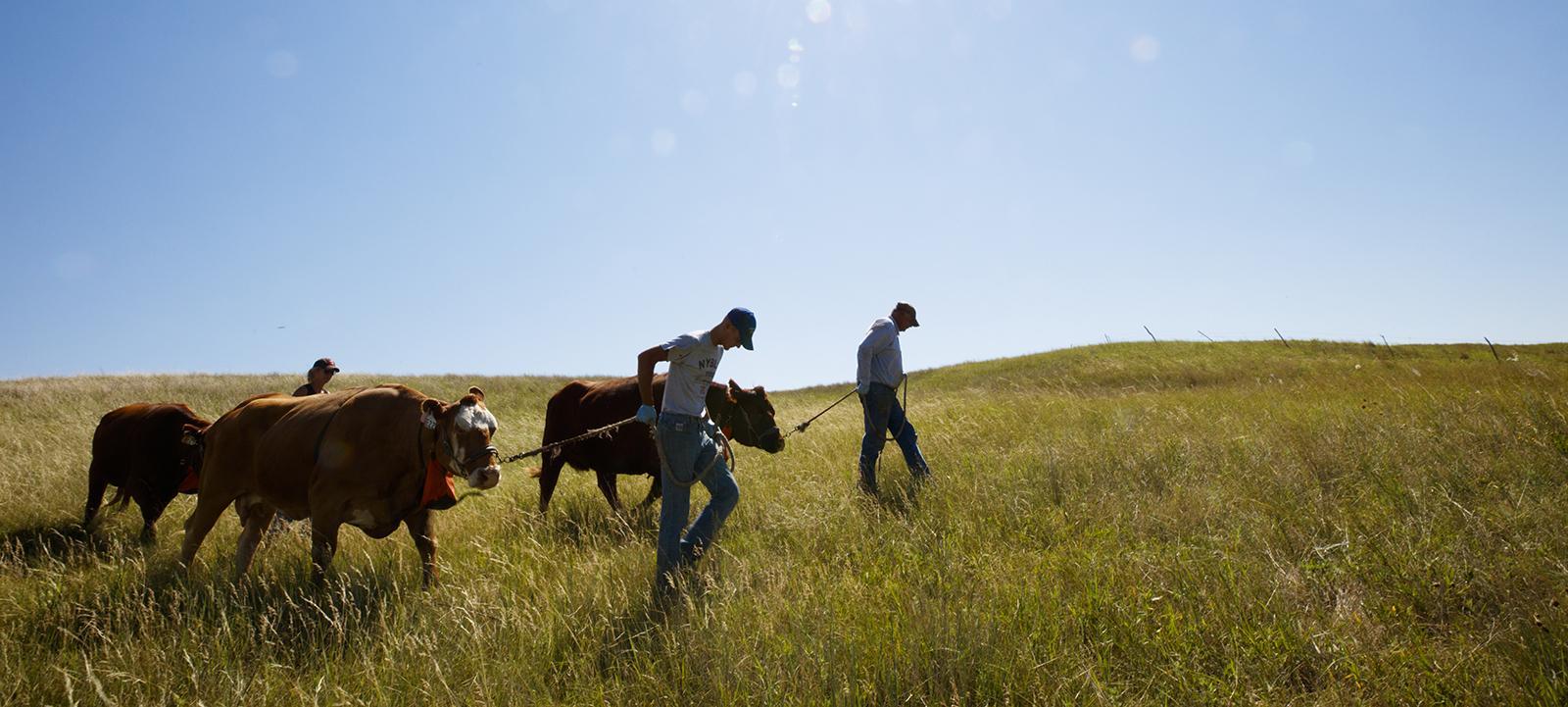Farming and ranching often require decisions to be made throughout periods of high risk and uncertainty. Strategies such as streamlining operational efficiency, grass banking, or destocking are commonly used pivot points that allow producers to adjust to current weather or market conditions.
These reactionary management approaches have served many in agriculture. However, the compounding effects of extreme weather, market volatility, and rising supply costs have re-focused attention to alternative business strategies that offer a broader set of tools and information to use when developing grazing plans.
One management style is that of adaptive management (AM). AM is often described as a “common-sense approach” to ranching, but there are several barriers that prevent its implementation in the Great Plains. Simply put, AM uses structured decision-making and cycles of learning to reduce the number of management uncertainties over time.

How Can Adaptive Management Help My Ranch?
Adaptive management should be thought of as a process. Management challenges are identified on the landscape, and through a process of learning, experimentation and monitoring, forward-addressing practices are implemented and adapted over time. This is oversimplified, but it is important to emphasize that AM is not a single strategy or approach. It should be viewed as a series of steps in a structured process of decision making. AM’s relevancy to ranchers is that it leads to the development of ‘indicators’ which are used as low or no cost decision-making tools. These tools not only help manage for forage production, but can help reduce risk and uncertainty as varying degrees of management are trialed, tested and adapted for use in the landscape.
Adaptive Management at Barta Brothers Ranch
In 2020, the Barta Brothers Ranch near Bassett, NE launched a collaborative adaptive management (CAM) project to address key uncertainties related to grazing strategies in the Sandhills. This CAM project focuses specifically on evaluating stakeholder-designed approaches that reflect conditions in the Sandhills and the surrounding north-central Great Plains.
The CAM stakeholders targeted the following as management problems to be assessed:
- Woody encroachment/invasive species
- Heterogeneity/diversity
- Economic and ecological trade-offs
- Multifunctionality
- Multi-species grazing
- Climate change
The structured decision-making process guided stakeholders to the first management action: a multi-year burn/grazing regimen in the 2021-2022 grazing season. The objectives of this project are to then assess how prescribed fire can control eastern redcedar; how burned rangelands respond to grazing or no-grazing; and how cattle performance is influenced by prescribed fire.
Completing the Cycle: Monitor, Evaluate, Adjust
Another critical element to the AM cycle is to reconvene to assess outcomes, evaluate management tradeoffs, and decide what/if any adjustments should be implemented to address the core management problems. The continuous cycle of implementation, monitoring, evaluation, and adjustment are what make AM a promising tool to help push the boundary of uncertainty a bit further away from home for ranchers in Nebraska. For more information about rangeland monitoring resources, please review the following websites:

Drought Monitor
The U.S. Drought Monitor depicts large-scale trends guided by statistical and dynamic forecasts. Drought Monitor is produced through a partnership between the National Drought Mitigation Center at the University of Nebraska-Lincoln, the United States Department of Agriculture, and the National Oceanic and Atmospheric Administration.
Learn More
Rangeland Analysis Platform
This app provides a powerful perspective and context for rangeland monitoring. It makes it easy to develop new strategies that improve rangeland productivity and evaluate current or past land management practices.
Learn More
Grass-cast
Every spring, ranchers face the same difficult challenge—trying to guess how much grass will be available for livestock to graze during the upcoming summer. An innovative new Grassland Productivity Forecast or “Grass-cast” can help producers in the Great Plains reduce this economically important source of uncertainty.
Learn MoreFunding Acknowledgements
The Barta Brothers Ranch Collaborative Adaptive Management project is partially funded through a grant from the Nebraska Environmental Trust. The Trust is funded by proceeds from the Nebraska Lottery and has awarded more than $178 million to more than 1,300 conservation projects across the state of Nebraska since 1994.
This material is also based upon work that is supported by the National Institute of Food and Agriculture, U.S. Department of Agriculture, under agreement number 2019-38640-29879 through the North Central Region SARE program under project number GNC20-307, is an equal opportunity employer and service provider. Any opinions, findings, conclusions, or recommendations expressed in this publication are those of the author(s) and do not necessarily reflect the view of the U.S. Department of Agriculture.
